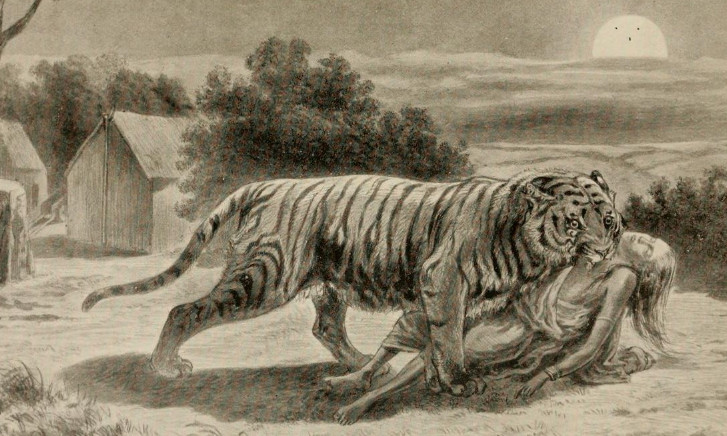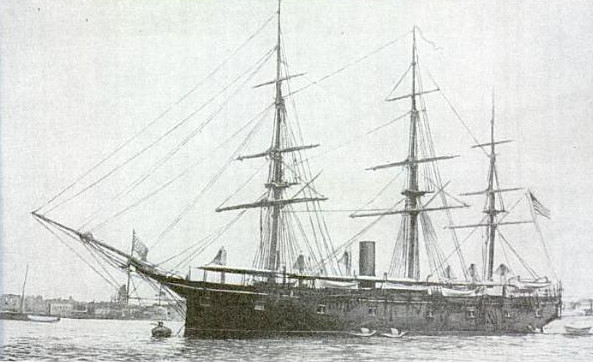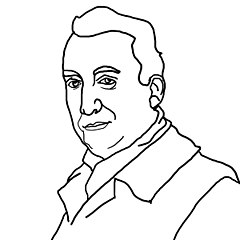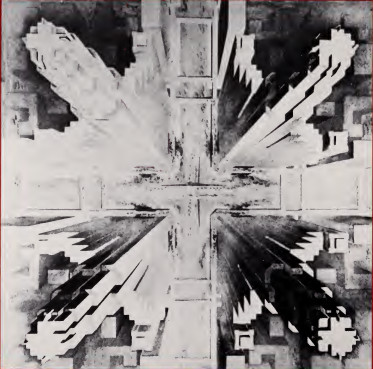In February 1949, Chilean army captain Alberto Larraguibel set out to attempt a world-record high jump riding Huaso, a 16-year-old stallion whom he’d trained assiduously in show jumping after undistinguished careers in racing and dressage:
On the first try, I miscalculated the distance and allowed the horse to refuse. If I had then applied the whip, the horse would have become nervous, because an animal understands when it’s being asked to perform above his capabilities. In the second jump, I must have made a mistake of a centimeter or so, because Huaso passed the hands but touched with the belly and the hinds, and knocked down the obstacle … there was only the third and last attempt left. I recalculated again, and in the precise moment we flew… The most difficult moment was the apex of the jump. My eyes were about 4 meters above the ground and I had the sensation of falling head first. My slightest tremor would have been felt by Huaso; who then would have left his hinds behind and we would have crashed together, but we went over. The moment seemed to last forever. I didn’t hear a single shout and thought that something had gone wrong, but I couldn’t hear the obstacles falling either …
Huaso had cleared 2.47 meters (8 feet 1 inch), setting one of the longest-running unbroken sport records in history.
“As for me,” Larraguibel said, “it was like sending my heart flying over the other side of the jump and then going to rescue it.”







